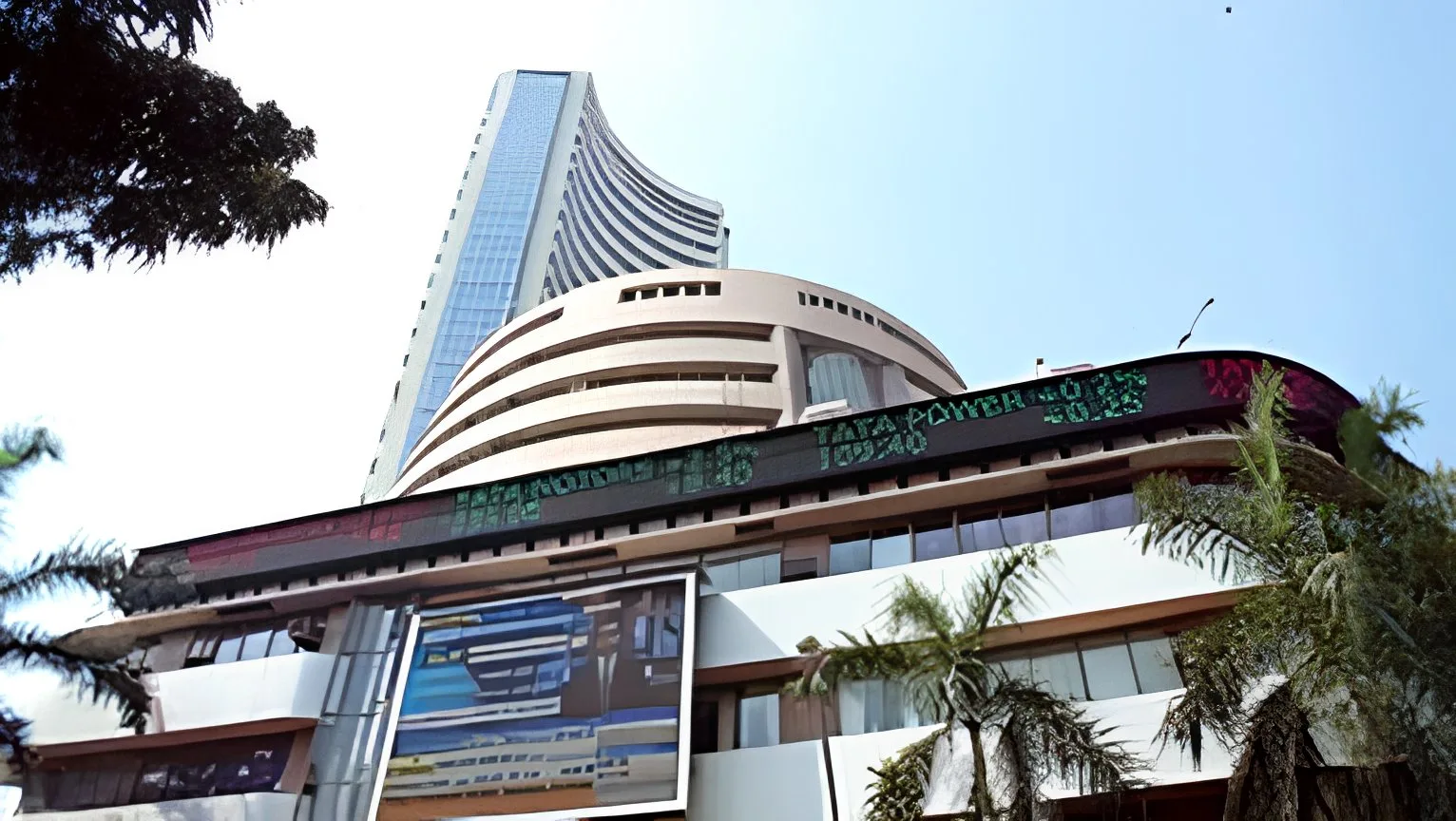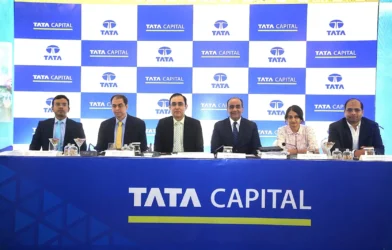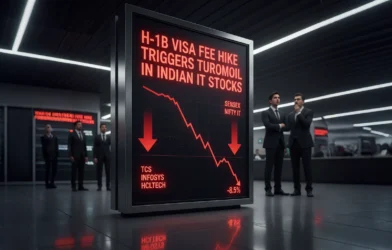Author: Aarya Shah | EQMint | General News
The Bombay Stock Exchange (BSE) is set to introduce a pre-open trading session for its futures and options (F&O) segment starting December 8, 2025, marking a major step towards improving market transparency, stability, and efficiency. To prepare market participants for the change, the exchange will conduct mock test sessions in October, allowing brokers and trading members to adapt their systems before the official rollout.
This initiative brings India’s derivatives market in line with global standards and aligns it with the existing pre-open framework already in place for the cash equity segment. The move is aimed at enhancing price discovery, reducing volatility during market openings, and providing better clarity to traders and investors.
Purpose of the Pre-Open Session
A pre-open session allows for order collection and matching before the market officially opens for continuous trading. During this time, buy and sell orders are gathered, and a single equilibrium price is determined based on demand and supply. This mechanism helps avoid erratic price movements at the start of trading hours and ensures that the market opens in an orderly, transparent manner.
Currently, such sessions exist only for equities, typically running between 9:00 a.m. and 9:15 a.m. The upcoming launch by BSE will extend this structure to index futures, stock futures, and options contracts, making the opening process for the derivatives market more systematic.
Testing Phase in October
To ensure a seamless transition, BSE will open a simulation and mock environment starting from October 6, 2025. During this phase, all members, brokers, and trading vendors will be able to test their systems, validate order flows, and identify any technical glitches before the live launch in December.
This mock testing period will act as a dry run for the live system and allow participants to familiarize themselves with the new workflow, ensuring that the pre-open mechanism runs smoothly when it goes live. BSE has encouraged all stakeholders to actively participate in these mock sessions to ensure full operational readiness.
Alignment with SEBI’s Guidelines
The introduction of pre-open trading in derivatives follows directives issued earlier this year by the Securities and Exchange Board of India (SEBI). The regulator had emphasized that both major exchanges should extend pre-open mechanisms to the F&O segment to enhance transparency and risk management.
This initiative is also part of SEBI’s broader market modernization roadmap — focusing on building investor trust, improving the efficiency of price discovery, and strengthening systemic stability.
Impact on Market Participants
The new pre-open session is expected to bring multiple benefits for traders, investors, and institutions. For one, it will help absorb overnight global cues before regular trading begins, preventing sudden volatility spikes. It will also facilitate smoother rollovers of futures positions, especially during expiry periods, by allowing an orderly adjustment of positions.
For brokers and technology vendors, the implementation will require technical updates to trading terminals and order management systems. However, BSE has clarified that the message formats and interfaces will remain largely identical to those used in the equity pre-open session, minimizing the need for significant infrastructure changes.
NSE to Follow Similar Path
In parallel, the National Stock Exchange (NSE) is also planning to introduce its own pre-open session for F&O trading from December 8, 2025 — the same date as BSE. NSE will begin its mock tests earlier, from October 4, 2025, giving members ample time to prepare.
Both exchanges are expected to maintain consistent frameworks, which will help traders operate smoothly across platforms and ensure uniformity in the functioning of India’s derivatives ecosystem.
Expected Benefits
-
- Better Price Discovery:
The pre-open mechanism will allow the market to absorb key news, overnight developments, and global trends before the actual open, resulting in fairer opening prices.
- Better Price Discovery:
-
- Reduced Volatility:
By determining a single opening price based on aggregated demand and supply, the mechanism will help avoid sudden price jumps or drops during the first few minutes of trading.
- Reduced Volatility:
-
- Improved Transparency:
Traders will have visibility into indicative opening prices, matchable quantities, and opening trends before the market begins continuous trading.
- Improved Transparency:
-
- Enhanced Risk Management:
The pre-open framework will allow exchanges and regulators to better monitor and manage large positions, especially on days of high volatility or market sensitivity.
- Enhanced Risk Management:
Market Reactions and Outlook
Industry experts have welcomed the move, calling it a long-overdue reform that aligns India’s derivatives market with mature economies. By implementing pre-open sessions in the F&O segment, both BSE and NSE are expected to bring greater discipline and structure to morning trades, where significant volatility often emerges due to overnight developments in global markets.
The success of this rollout will largely depend on the testing phase in October, when both exchanges, brokers, and technology partners will work together to ensure smooth execution. Once operational, this will mark a milestone reform in India’s capital markets, bridging the gap between equity and derivatives market mechanisms.
The launch of pre-open trading for futures and options will not only enhance market efficiency but also strengthen investor confidence — reaffirming India’s position as one of the world’s most dynamic and transparent financial markets.
Disclaimer: This article is based on information available from public sources. It has not been reported by EQMint journalists. EQMint has compiled and presented the content for informational purposes only and does not guarantee its accuracy or completeness. Readers are advised to verify details independently before relying on them.







